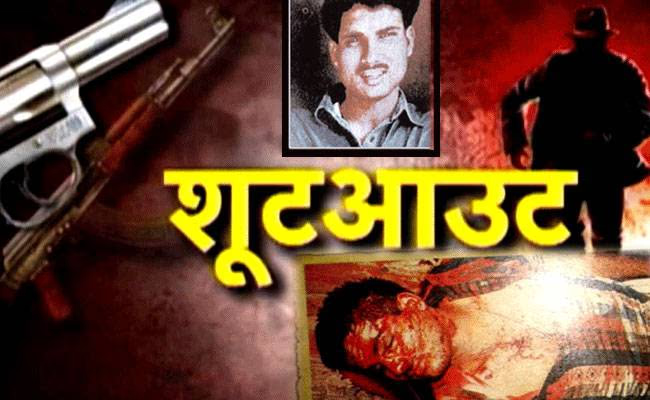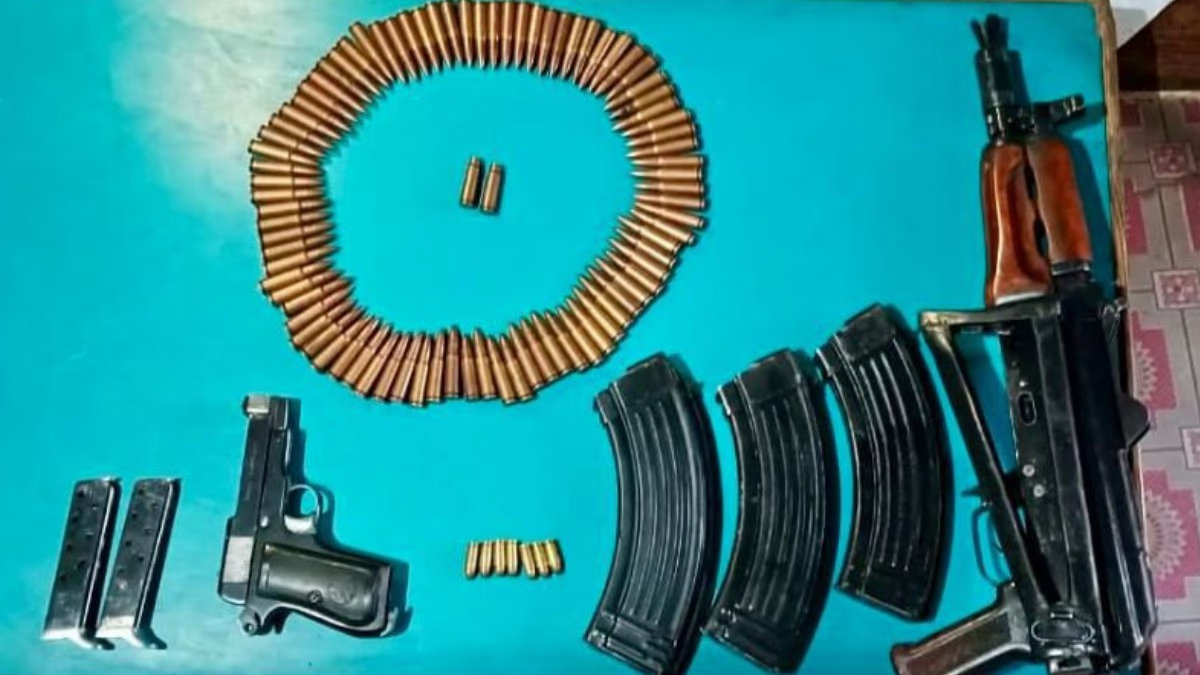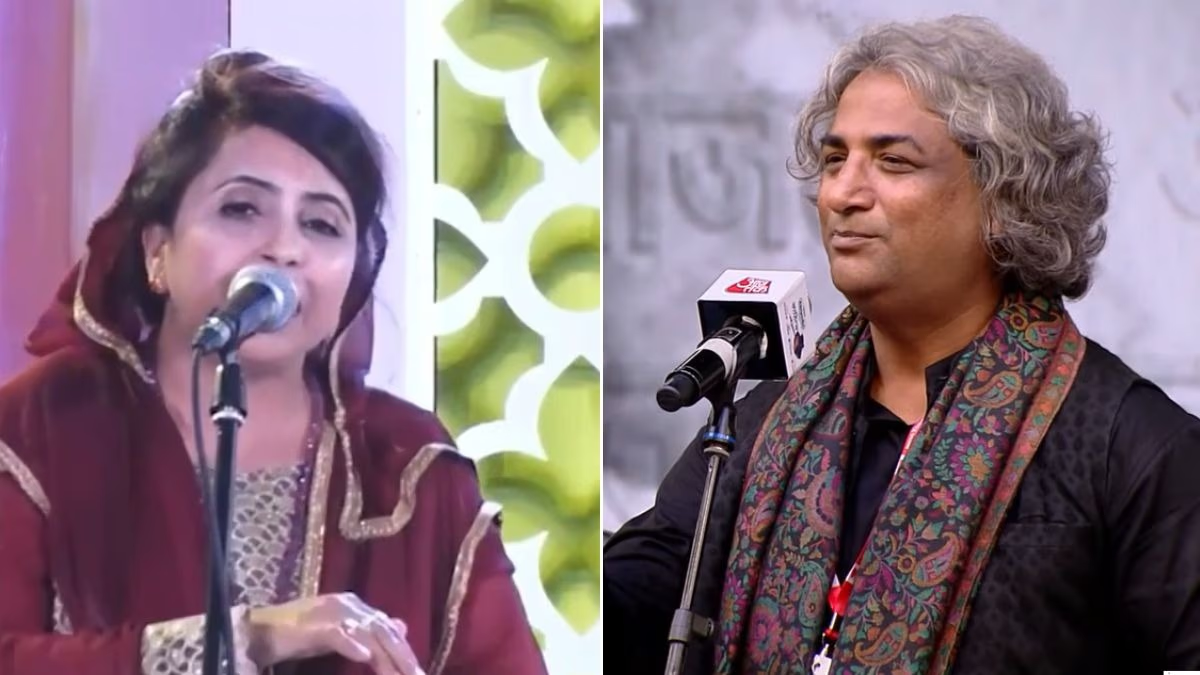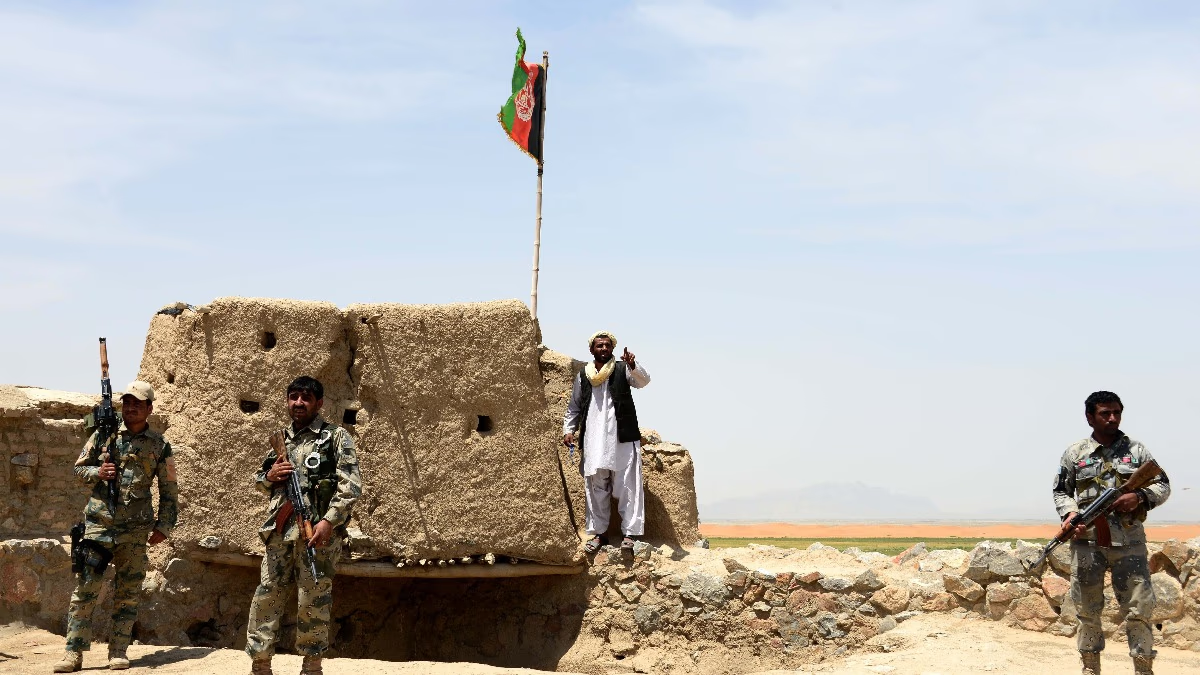Uttar Pradesh has been the stomping ground for many mafias closely linked to the underworld. But none have left a mark quite like Sriprakash Shukla, who, in the 90s, transformed into the most feared don in the region. His notorious exploits filled the newspapers daily, causing panic not just among citizens, but police and politicians as well. Sriprakash established a reign of terror in one of the largest states in the country.
Who is Sriprakash Shukla? Sriprakash Shukla was born in Mamkhor village, Gorakhpur, to a schoolteacher father. Known as a prominent wrestler in his hometown, Shukla’s foray into crime began in 1993 when he committed his first murder, avenging his sister by killing Rakesh Tiwari. At just 20, this was the start of his criminal journey, and he looked back no more, diving deeper into the world of crime.
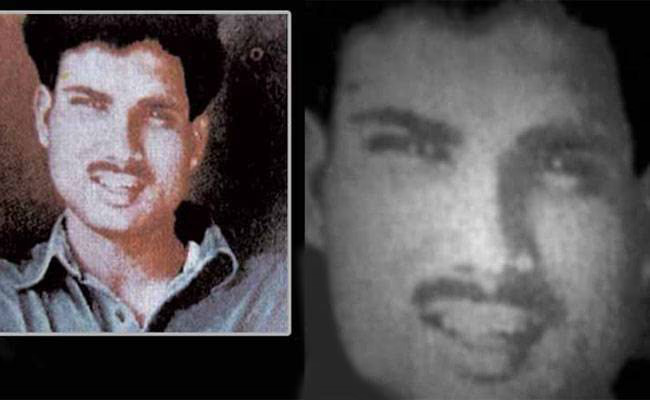
Source: aajtak
Shukla Flees to Bangkok After killing Rakesh in his village, Shukla was hunted by the police. Seeing the gravity of his actions, he fled the country and reached Bangkok. He stayed there for a while until circumstances forced him back to India to continue his life of crime.
Joining the Surajbhan Gang Upon his return, Shukla was still a wanted man. The police were on his trail, but financial constraints forced him back. He arrived in Mokama, Bihar, and allied himself with the notorious Surajbhan Gang.
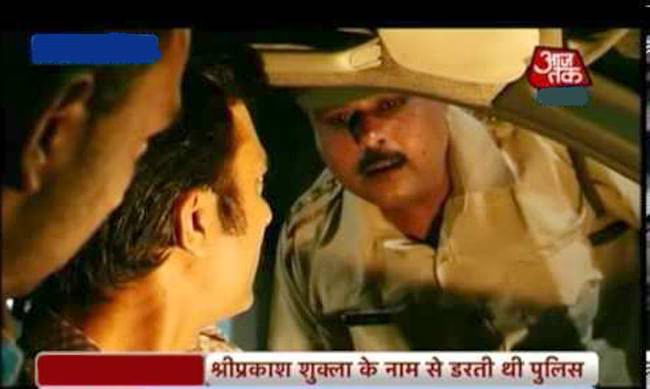
Source: aajtak
Rise to Infamy with the Murder of Shahi Shukla continued his ascent in the crime world, gaining notoriety. In 1997, he assassinated the politician and infamous criminal Virendra Shahi in Lucknow, allegedly at the behest of his rival, Hari Shankar Tiwari. This cemented Shukla’s image as a feared mafia don.
Monopolizing Railway Contracts As his infamy grew, Shukla remained elusive to the police. His activities extended to extortion, kidnapping, and monopolizing rail contracts from east to west. Anyone in his path was dealt with ruthlessly, earning him a fearsome reputation.
Special Task Force Formed to Catch Shukla The government and police, overwhelmed by Shukla’s crimes, decided to take significant action. A meeting in Lucknow with UP’s CM, Home Minister, and DGP concluded the formation of a Special Task Force (STF) on May 4, 1998. Fifty elite officers were tasked with capturing Shukla, dead or alive.

Source: aajtak
First Encounter with Police The STF’s first confrontation with Shukla occurred on September 9, 1997. Despite a well-planned operation, the police lost an officer, and Shukla’s reign of terror only intensified.
Elusive Image and Increasing Anxieties The STF, armed with AK47s, embarked on raids spanning from Lucknow to Ghaziabad, finally acquiring a photograph of the elusive Shukla. As his influence spread, Shukla prepared for a massive criminal act, traveling to Patna for the next phase of his career.
Murdering a Minister in Patna On June 13, 1998, outside Indira Gandhi Hospital, he killed Bihar’s minister Brij Bihari Prasad. Despite security, four assailants opened fire with AK47s, executing the minister.
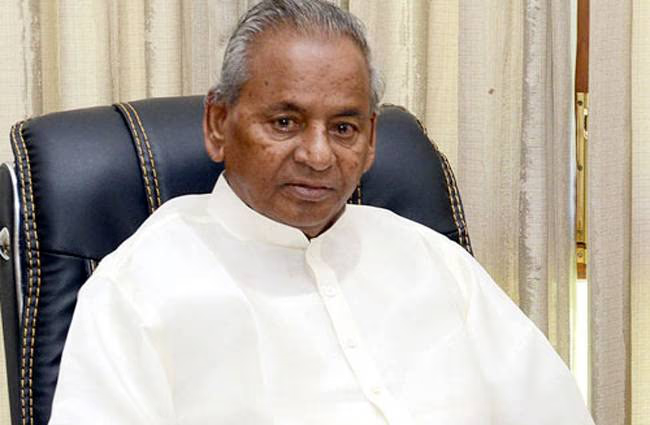
Source: aajtak
Targeting the Chief Minister Following the minister’s murder, Shukla threw the political landscape into disarray by taking a contract to kill UP’s CM Kalyan Singh, a revelation that shook the STF.
Surveillance and Strategy The STF moved swiftly, monitoring Shukla’s mobile communications. Despite his precautions of shifting to public phones, the STF traced his calls to Indirapuram, Ghaziabad, and moved to intercept.
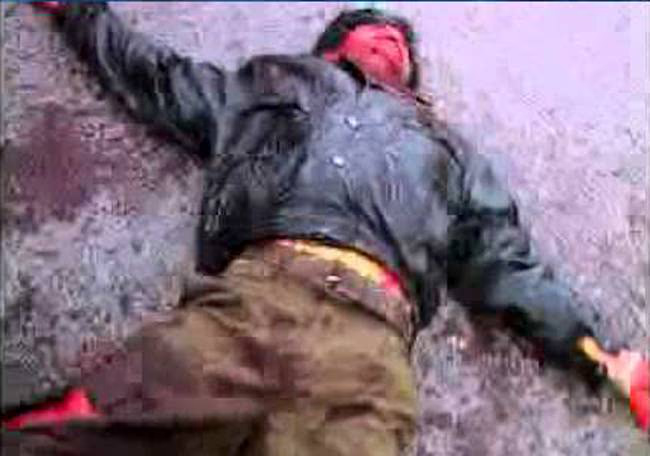
Source: aajtak
The End of Sriprakash Shukla On September 23, 1998, STF chief Arun Kumar learned of Shukla’s movement from Delhi to Ghaziabad. The STF shadowed him, striking at the first opportunity. Ignoring surrender calls, Shukla engaged in a firefight, leading to his demise. Thus, the chapter of UP’s most feared don concluded.
Connections with Politicians and Officers Post Shukla’s death, the STF discovered his ties with numerous politicians and senior police officers, some acting as informants, further fueling the controversy and subsequent investigations.
Cost and Finality in Pursuing Shukla Sriprakash Shukla wielded power with his AK47, leading to a police mission costing nearly one crore rupees—a precedent in police resource allocation. Surveillance costs marked this operation as unique against criminal endeavors.
